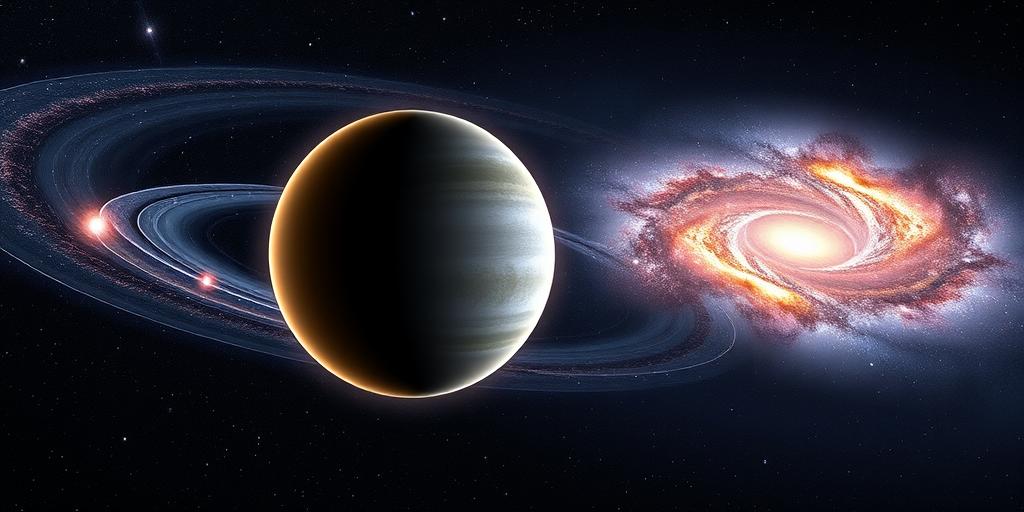Gravitational Lensing: Nature's Telescope
Gravitational lensing is a fascinating phenomenon predicted by Albert Einstein's theory of general relativity. It occurs when a massive object, such as a galaxy or a black hole, bends the path of light from a more distant object behind it. This bending acts like a natural lens, magnifying and distorting the image of the background object.
How it Works
According to general relativity, gravity is not just a force, but a curvature of spacetime caused by mass and energy. When light passes near a massive object, it follows the curved path of spacetime, causing it to bend. The amount of bending depends on the mass of the object and how close the light passes to it.
Types of Gravitational Lensing
There are three main types of gravitational lensing:
- Strong Lensing: This occurs when the foreground object is very massive and the alignment is almost perfect. It produces dramatic effects such as Einstein rings (a complete ring of light around the foreground object) and multiple images of the background object.
- Weak Lensing: This occurs when the foreground object is less massive or the alignment is not as precise. It causes subtle distortions in the shape of background objects, which can be statistically analyzed to map the distribution of dark matter.
- Microlensing: This occurs when a small foreground object, such as a star or a planet, passes in front of a background star. It causes a temporary brightening of the background star, which can be used to detect the presence of the foreground object.
Applications of Gravitational Lensing
Gravitational lensing has several important applications in astronomy and cosmology:
- Magnifying Distant Objects: Lensing can magnify the light from distant galaxies, allowing astronomers to study them in more detail than would otherwise be possible. This is particularly useful for studying galaxies in the early universe.
- Probing Dark Matter: Weak lensing can be used to map the distribution of dark matter, which is invisible to telescopes. This helps astronomers understand the structure and evolution of the universe.
- Detecting Exoplanets: Microlensing can be used to detect exoplanets, which are planets orbiting stars other than our Sun. This is a powerful technique for finding planets that are too small or too faint to be detected by other methods.
Examples of Gravitational Lensing
- Einstein Ring: One of the most famous examples of strong lensing is the Einstein Ring, a complete ring of light formed when a galaxy is perfectly aligned behind a massive foreground object.
- Galaxy Clusters: Galaxy clusters are massive collections of galaxies that can cause significant gravitational lensing. They are often used to study the distribution of dark matter and to magnify distant galaxies.
Gravitational lensing is a powerful tool that allows astronomers to study the universe in new and exciting ways. By using nature's own telescope, we can learn more about the most distant objects in the universe, the distribution of dark matter, and the formation of galaxies and planets.









